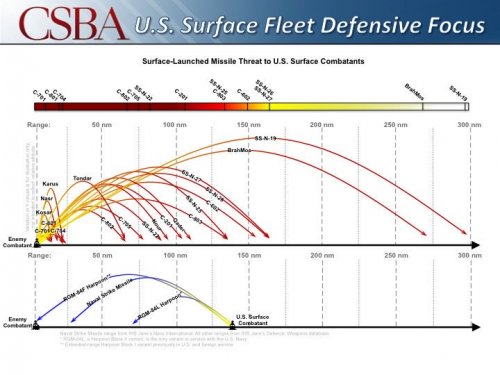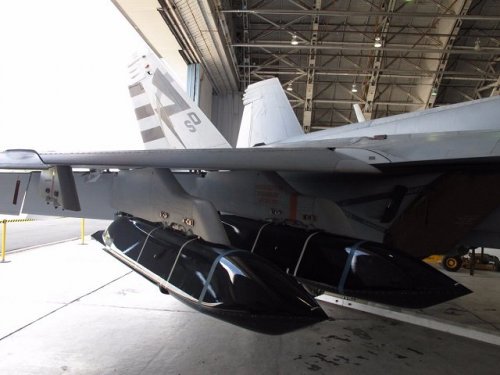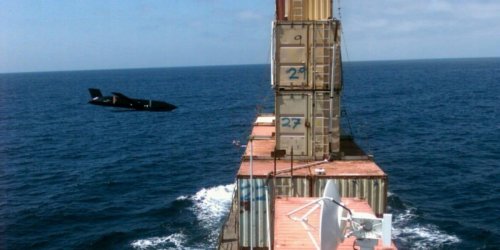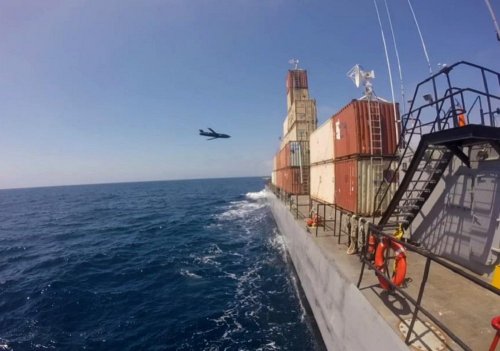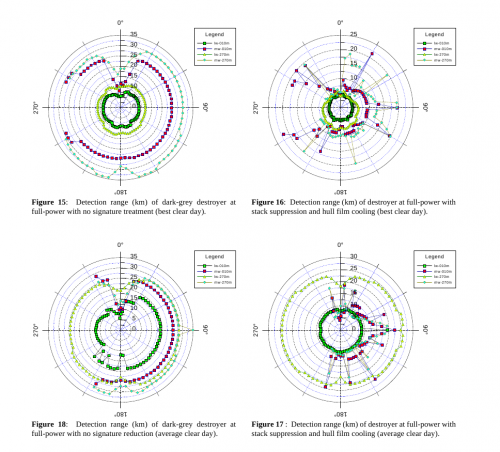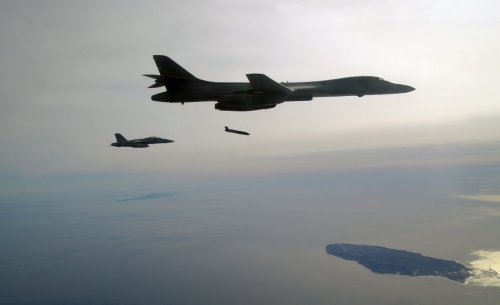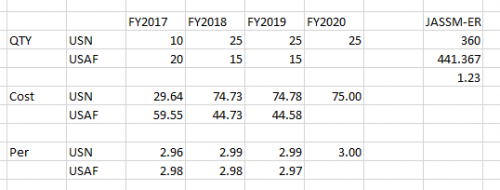LRASM-B: THE SUPERSONIC SOLUTION THAT FAILED TO FLY:
Going back to the early days of the LRASM programme, DARPA's Tactical Technology Office originally received a total of nine proposals, with ATK, Boeing, Lockheed Martin and Raytheon all making submissions. Following an evaluation of the bids, it decided to place two separate Phase I contracts in mid-2009 with different businesses within Lockheed Martin Missiles and Fire Control - Strike Weapons in Orlando, Florida, received USD10 million for an initial nine-month Phase I demonstration effort for what was originally known as LRASM-A; while Tactical Missiles in Grand Prairie, Texas, received a similar amount to pursue its LRASM-B concept.
In LRASM-A, Lockheed Martin Missiles and Fire Control - Strike Weapons conceptualised a subsonic, stealthy and survivable long-range cruise missile that married the AGM-158B JASSM-ER missile with a suite of additional sensors and systems. LRASM-A has subsequently become the basis for the LRASM follow-on development effort now being pursued by DARPA and Lockheed Martin.
Tactical Missiles' LRASM-B was a very different beast. It took the form of a high-speed weapon capitalising on a legacy hybrid rocket/ramjet engine (originally built for the Martin Marietta AQM-127 Supersonic Low-Altitude Target) to create a high-flying supersonic cruise missile that DARPA characterised as having "balanced speed and stealth for robust performance".
Phase 1 LRASM activities completed in March 2010. An evaluation by an independent government assessment team provided the necessary confidence in both weapon designs to justify further investment for flight testing, giving the green light for follow-on Phase 2 contract awards in late 2010 to continue the development and demonstration of both missiles. Strike Weapons received a USD60.3 million contract for LRASM-A, while Tactical Missiles was awarded USD157.7 million for LRASM-B. A third Phase 2 contract award, valued at USD34 million, was made to BAE Systems Information and Electronic Systems Integration for the design and development of a common sensor suite to support both LRASM variants.
The original plan was for LRASM-A to execute two air-launched demonstrations leveraging its JASSM-ER heritage and demonstrating applicability to USN and USAF tactical aircraft employment, while LRASM-B would complete four vertical launch system demonstrations proving applicability to surface combatant employment.
In November 2011 Marotta Controls announced that it had been contracted by Lockheed Martin Missiles and Fire Control to develop a pressure regulator for the LRASM-B missile fuel pressurisation system. This would regulate pressure from a helium storage vessel, which is in turn used to pressurise the missile fuel system. The regulator design, based on an internal relief valve to prevent over-pressurisation due to downstream pressure within the regulator, borrowed substantially from Marotta's pedigree in providing pressure regulators to NASA and industry primes for satellite, launch vehicle, and manned space flight applications.
However, the LRASM programme took a new twist in January 2012 when the LRASM-B effort was terminated. Instead, DARPA, citing the pressing need for a near-term capability, said it was "consolidating investments to focus solely on advancing LRASM-A technologies ... to reduce risk and expedite delivery of cutting-edge capability to the fleet". And so LRASM-B died before it could fly. "Back into the blue: LRASM honed for extended reach, precision punch"~ IDR

